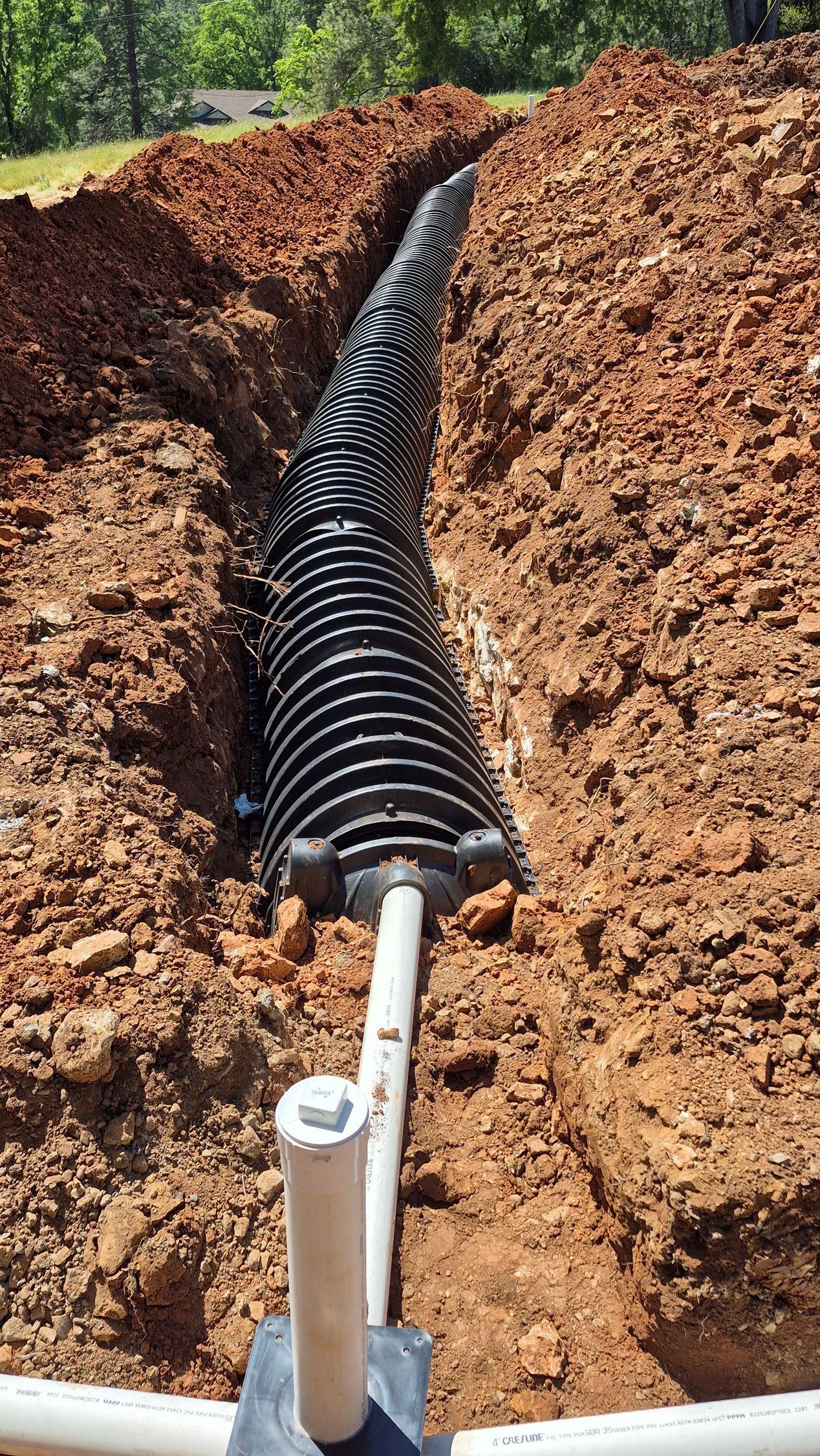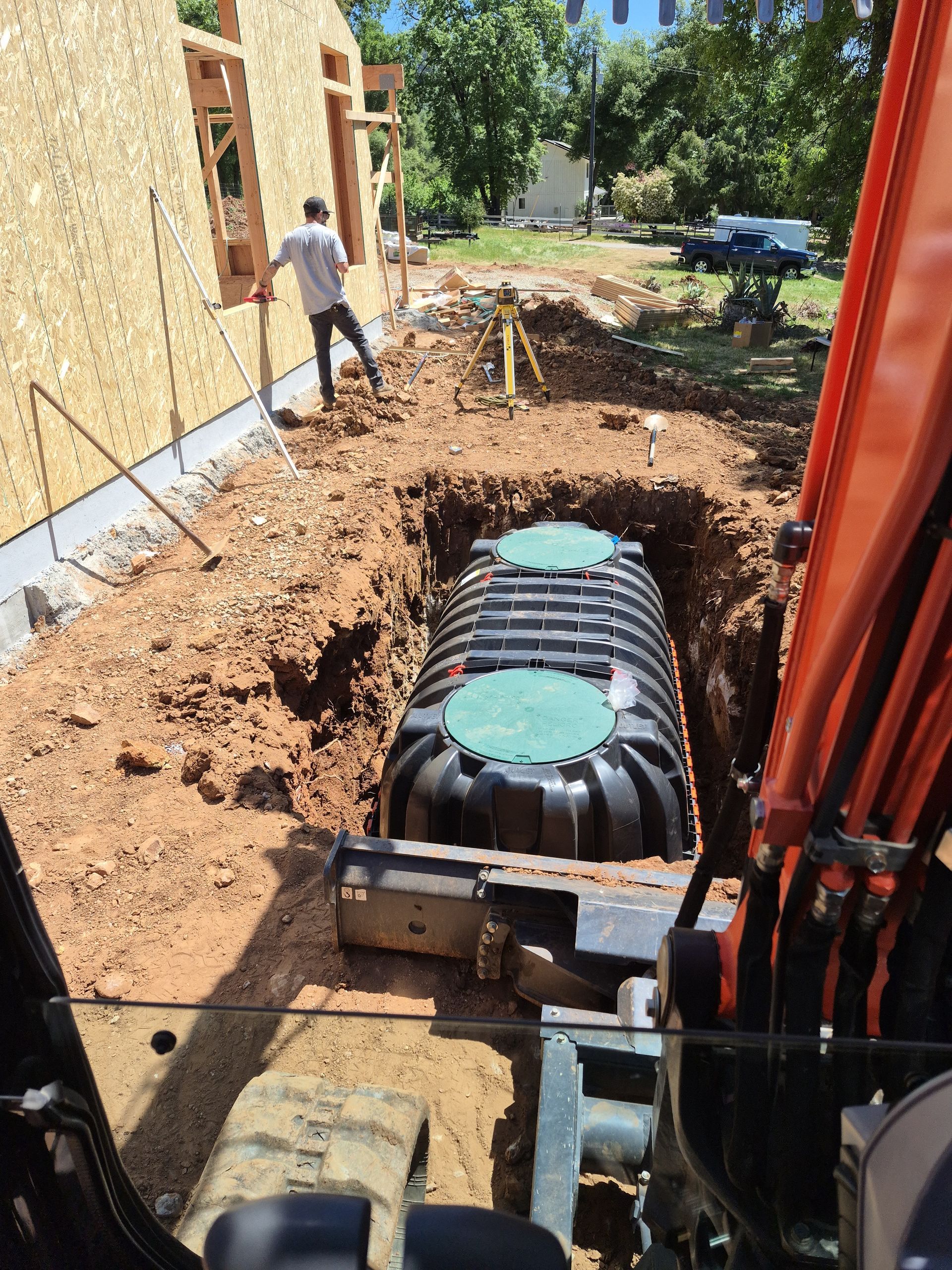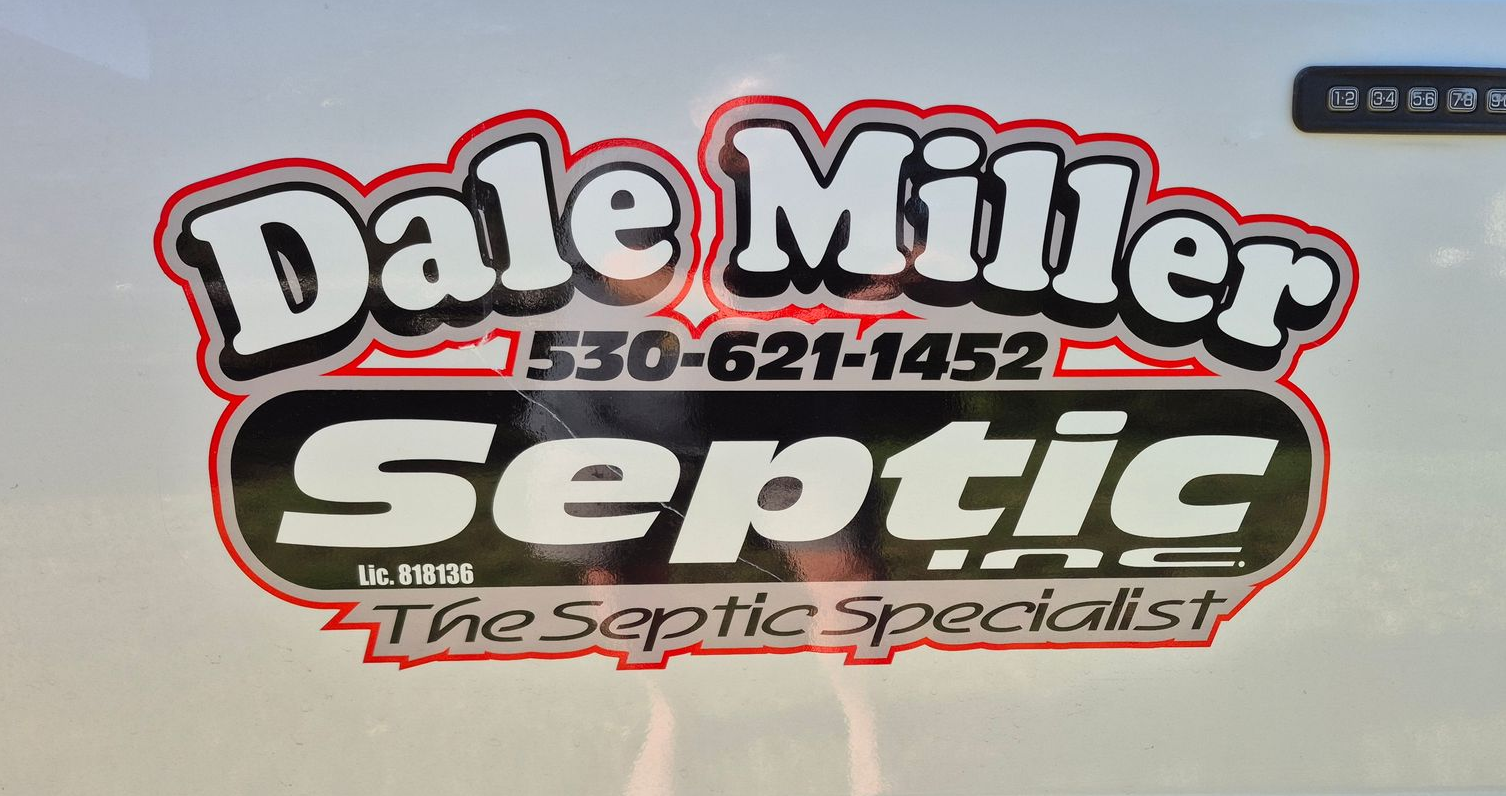Septic Care & Maintenance
● Free Estimates
● New septic systems
● Septic tank and leach line replacement
● Septic Pump Systems
● Locating service tanks and leach lines
● Perc Tests
Why Maintain Your Septic System?
Save Money
Regular maintenance prevents expensive system failures. Replacing a septic system can cost thousands, while regular inspections are affordable.
Protect Health & the Environment
A properly maintained system reduces harmful bacteria, viruses, and chemicals—keeping your drinking water and local waterways clean.
How to Maintain Your Septic System
Inspect and Pump Frequently
Have your system inspected every
3 years and pumped every
3–5 years.
Alternative systems with mechanical parts may need
annual inspections.
Use Water Efficiently
Average households use 70 gallons per person daily—cutting waste helps your system function properly.
- Install high-efficiency toilets (1.6 gallons per flush or less)
- Use aerators and low-flow showerheads
- Fix leaks promptly

Homeowner Awareness
Did you know that as a homeowner, you’re responsible for maintaining your septic system? Maintaining it not only protects your investment in your home but also prevents costly repairs and environmental contamination.
If properly designed, constructed, and maintained, your septic system can provide long-term, effective treatment of household wastewater. Without regular maintenance, however, you might face thousands of dollars in replacement costs and risk groundwater contamination—which could affect your home’s drinking water.
And if you ever plan to sell your home, your septic system must be in good working order to pass inspection.
How Does It Work?
A typical septic system includes:
- A pipe from the home (carrying wastewater)
- A septic tank (where solids settle and decompose)
- A drainfield (where treated water percolates through the soil)
- The soil itself, which provides the final level of natural treatment
Microbes in the soil digest or remove contaminants before water reaches groundwater.
Septic System Components
Pipe From the Home
All household wastewater exits your home through a pipe leading to the septic tank.
Septic Tank
A buried, watertight container (usually concrete, fiberglass, or polyethylene) that:
- Separates solids (sludge) and oils (scum)
- Allows partial decomposition
- Prevents solids from entering the drainfield through screens or baffles
- Modern tanks feature ground-level risers for easier access and maintenance.
💡
Tip: Regular pumping and inspection are the best—and cheapest—ways to ensure your system stays in good condition.
Finding Your System
Your septic tank, drainfield, and reserve field should be marked on your home’s “as-built” drawing. If you can’t locate it, a professional inspector or pumper can help identify where it’s buried.
Care for Your Drainfield
- Plant only grass over and near your septic system.
- Never park or drive over the drainfield.
- Divert rainwater and roof drains away from the area.
Watch for warning signs like pooling water, foul odors, or bright green grass over your drainfield—these can indicate system failure.
Top Four Things You Can Do to Protect Your Septic System
Regular Maintenance
Have your septic system inspected and pumped every 3–5 years to prevent buildup and blockages.
Use Water Efficiently
Fix leaks and use high-efficiency fixtures to reduce strain on your system.
Avoid Hazardous Waste Disposal
Never pour chemicals, paints, or oils down drains or toilets.
Care for Your Drainfield
Keep trees, vehicles, and drainage away from the drainfield area.
Watch What Goes Down the Drain!
Waste Disposal
- Avoid flushing dental floss, feminine products, diapers, cotton swabs, coffee grounds, fats, oils, grease, or chemicals.
Laundry Tips
- Run full loads only and spread laundry throughout the week.
- Avoid doing all loads in one day to prevent drainfield flooding.
Failure Causes
- Overuse of water
- Household toxics entering the system
- Improper design or installation
- Tree roots or heavy equipment damage
Septic System Dos and Don’ts
✅ Do:
- Use water efficiently and fix leaks
- Keep maintenance records
- Inspect and pump regularly
- Plant grass—not trees—near your system
- Use mild cleaners like baking soda
❌ Don’t:
- Flush trash or hazardous chemicals
- Use caustic drain cleaners
- Park or drive over your septic area
- Rely solely on additives instead of regular maintenance

